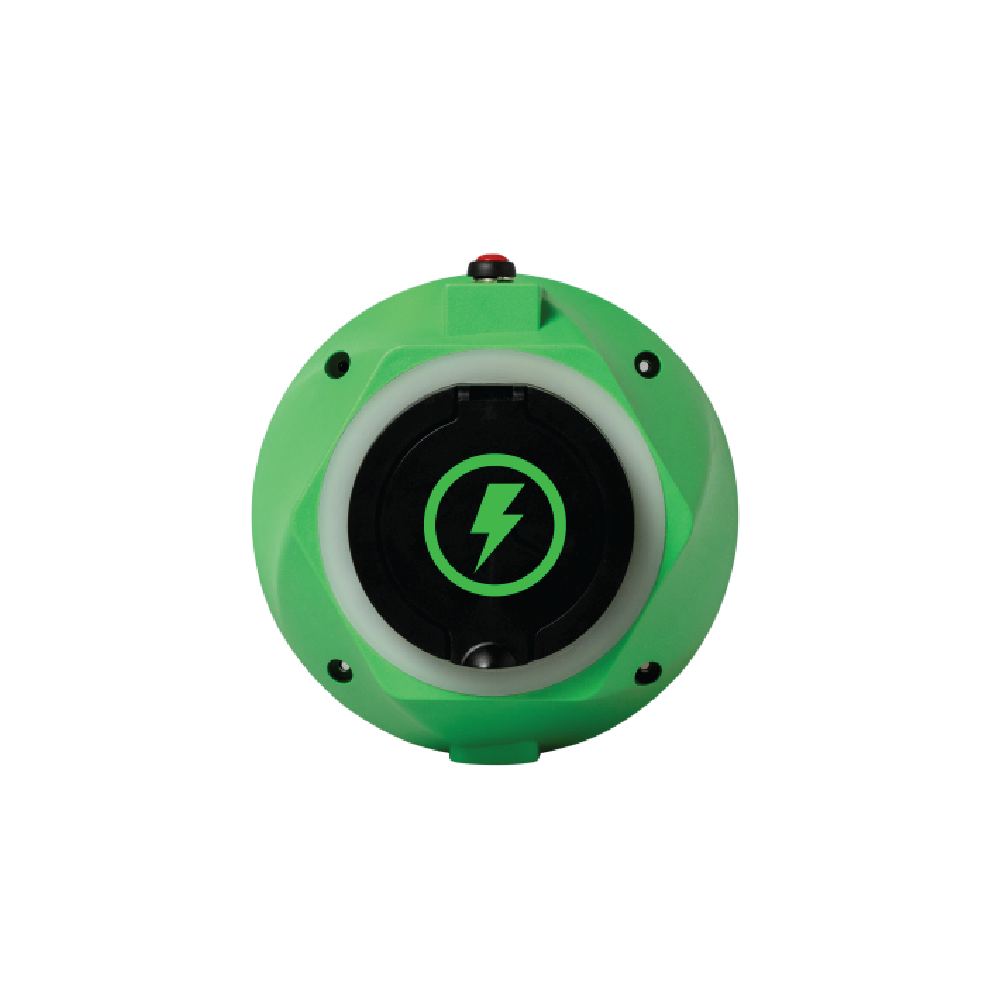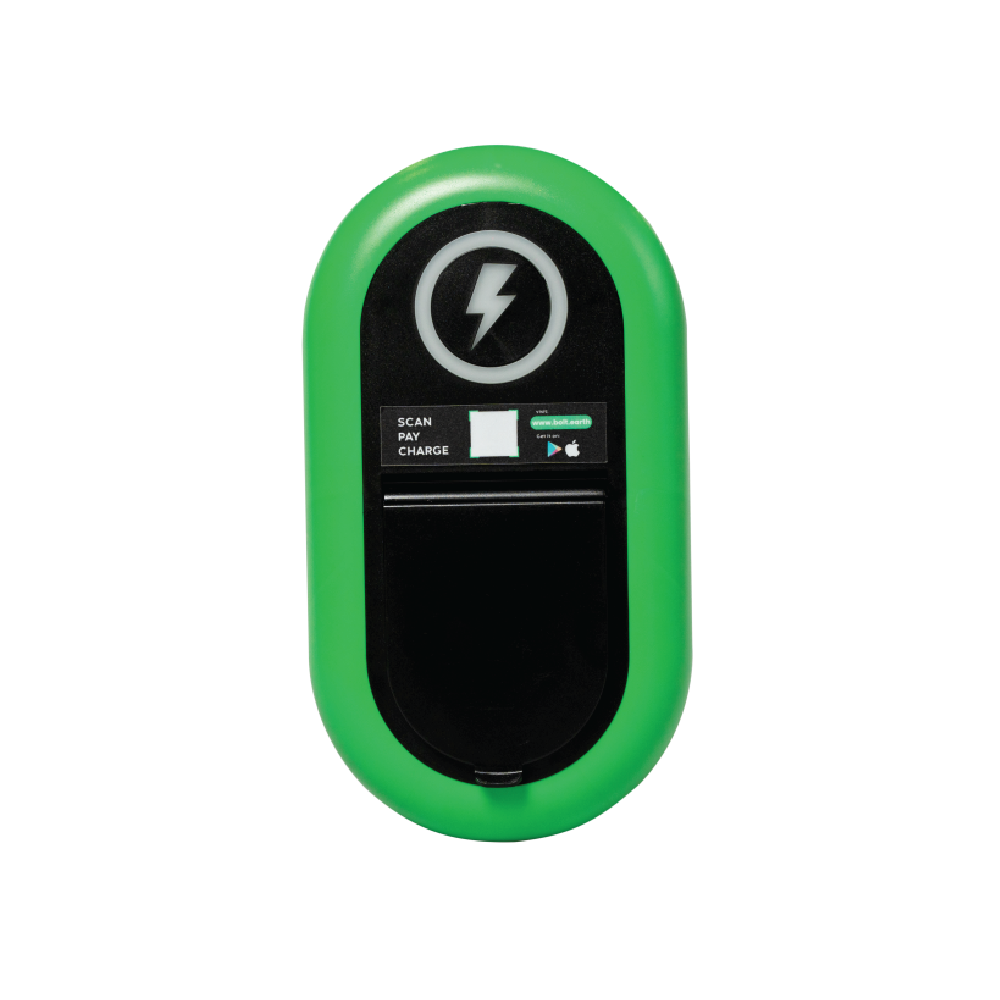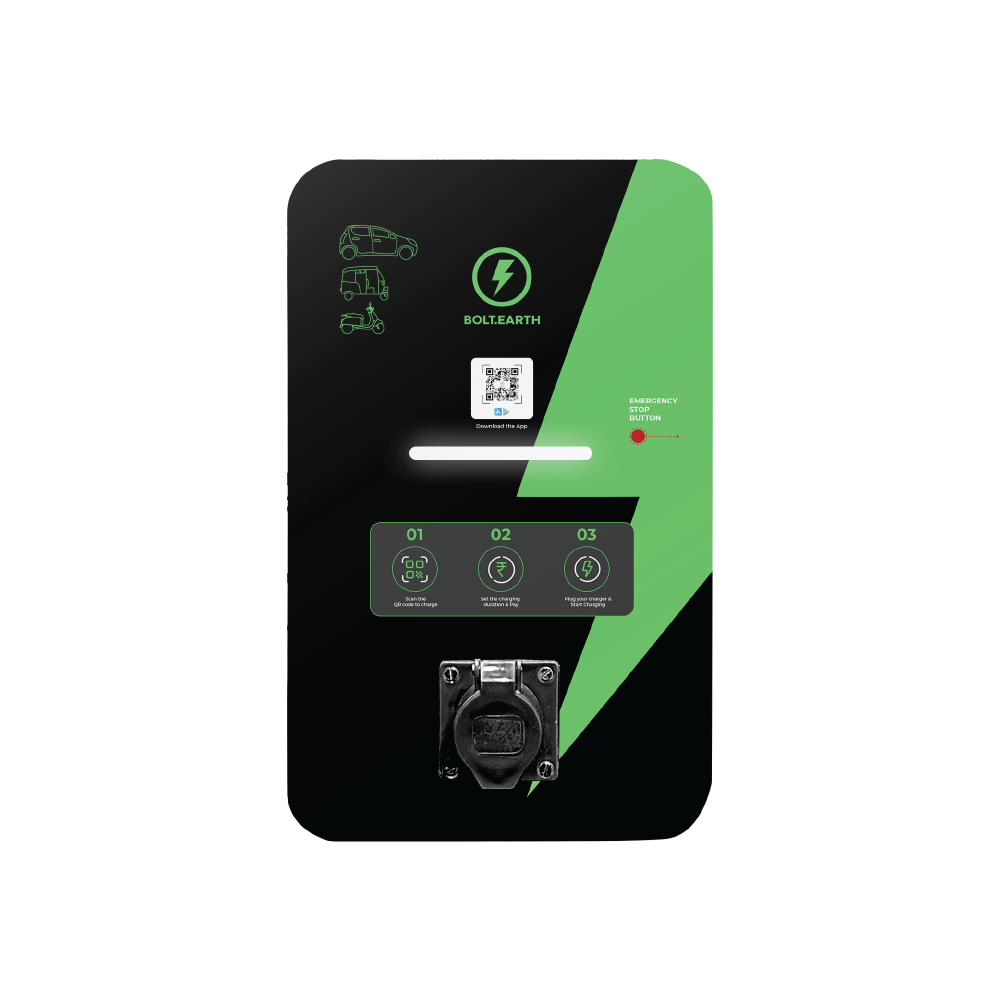DC Fast Chargers and Their Growing Role Across Highways Corridors and City Centers
Raghav Bharadwaj
Chief Executive Officer
Published on:
07 Oct, 2025
Updated on:
04 Dec, 2025

EVs have sparked a revolution in mobility, and DC fast chargers are a critical part of making that revolution practical. Unlike common AC chargers found in homes or standard public EV charging stations, DC fast chargers deliver power directly to an EV’s battery without using the car’s onboard converter. This allows them to supply very high power (often 30 kW up to 360 kW) by performing the AC-to-DC conversion inside the station itself.
The result is dramatically faster charging, typically reaching 80% in just 15–45 minutes for many EVs. Such rapid top-ups significantly reduce “range anxiety”, reassuring drivers that they can quickly recharge and continue their journey. This article explores what DC fast chargers are and examines their growing role along highway EV charging corridors and in city centers.
What Are DC Fast Chargers?
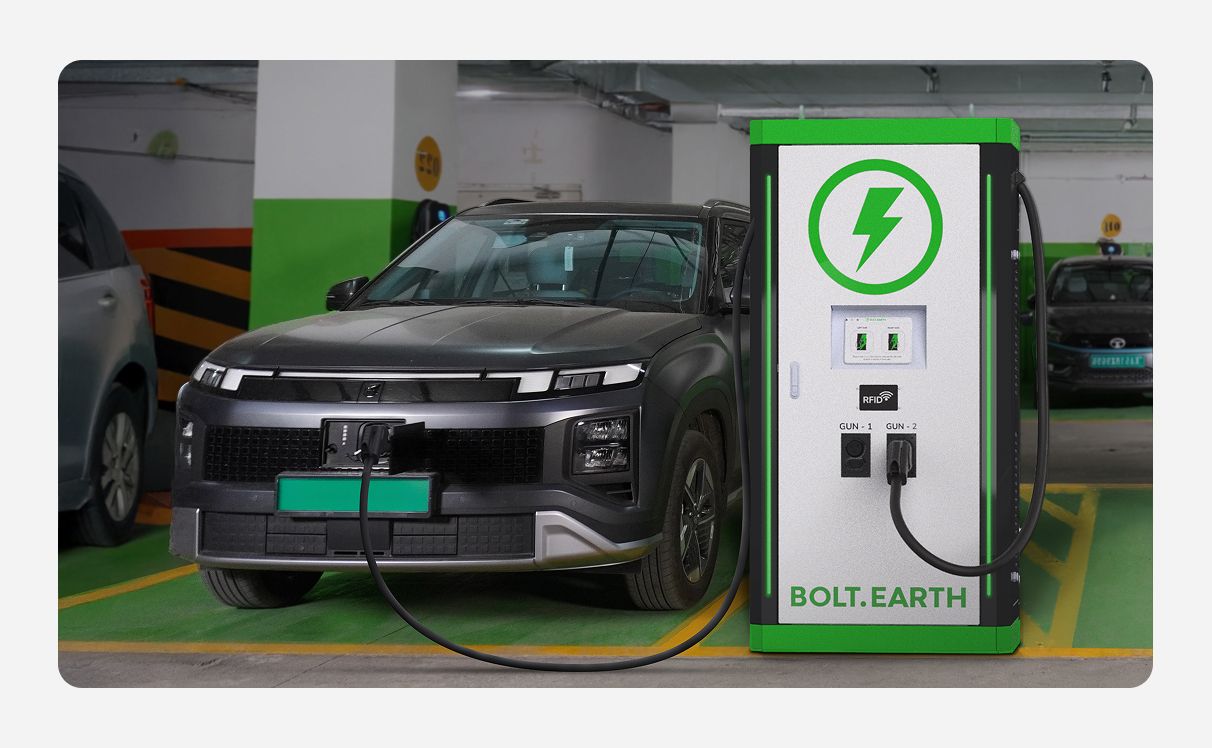
DC fast chargers (often called Level 3 chargers) are high-powered charging stations designed to deliver direct current (DC) straight into an EV’s battery. With AC charging (Level 1 or 2), the EV’s onboard charger must convert alternating current from the grid into DC, a process limited by the vehicle’s relatively small converter.
DC fast chargers bypass this bottleneck. They contain heavy-duty power electronics that convert AC to DC internally and feed electricity to the car at the battery’s native voltage. Because the station’s converters are much larger and more powerful than a car’s onboard unit, DC chargers can deliver energy at a far higher rate. For example, a home AC charger might provide 7–11 kW, whereas a commercial DC fast charger can deliver tens or even hundreds of kilowatts.
Read more: DC Charging vs AC Charging for EVs: What Businesses Need to Know
Typical DC fast charging systems take a high-voltage AC supply (often three-phase 400–480 V) and output anywhere from approx. 200 V up to 800–1000 V DC, accommodating a wide range of EV battery packs. They use specialized connector standards, such as the CCS2 charging standard, which communicate with the vehicle to manage charging safely and efficiently. Once the heavy-duty connector is plugged in, and the car and charger “handshake” via a protocol, the station ramps up power delivery automatically.
Modern DC fast chargers typically provide at least 30 kW, with many newer stations offering 150 kW, 240 kW, or even 300+ kW per vehicle. At such power levels, an EV can gain hundreds of kilometers of range in the time it takes to have a coffee break, making them ideal for ultra-fast EV charging.
It’s important to note that DC fast charging is intended for commercial and public use, not home installations. These units require substantial EV charging infrastructure, high-power grid connections, heavy cabling, cooling systems, and proper siting and safety measures. They are also far more expensive than home chargers. However, their ability to recharge an EV in a fraction of the time makes them indispensable for long-distance travel, fleet operations, and quick “fuel ups” when time is critical. In the sections below, we look at how DC fast chargers are being rolled out along highway EV charging corridors and in urban centers, and why both deployments are vital for the EV ecosystem.
DC Fast Chargers on Highways: Enabling Long-Distance EV Travel
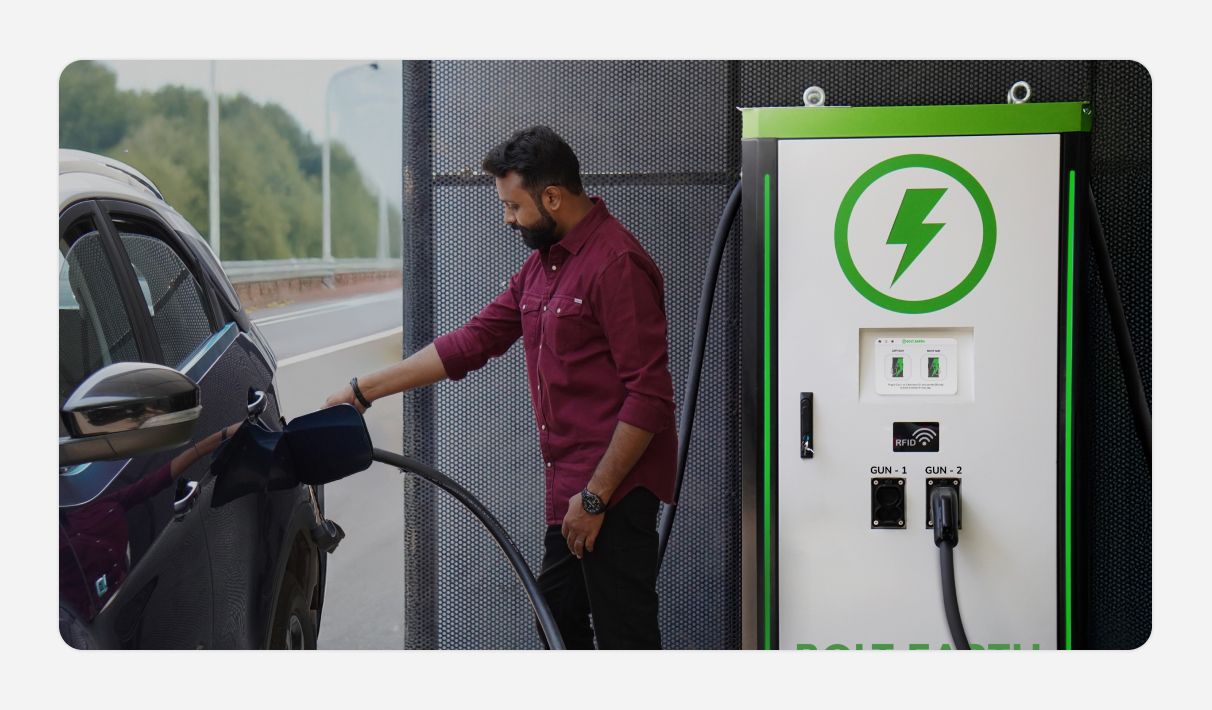
One of the most impactful roles of DC fast chargers is supporting EV drivers on long highway trips. Before fast charging, taking an electric car on a road trip meant planning for extended stops or not going at all. DC fast chargers change that by slashing refuel times to well under an hour, making cross-country EV travel feasible. This convenience mirrors the experience of refueling a gasoline car and gives EV drivers “range confidence”.
Governments and private networks worldwide are rapidly building DC fast chargers on major routes to create “EV charging corridors.” In the United States, initiatives like the West Coast Electric Highway have installed stations every 25–60 miles (approx. 40–95 km) along long stretches of interstate, ensuring an EV is never out of range. According to Washington State’s transportation department, this network gives drivers confidence on road trips, with stations placed near highway exits where amenities like restrooms, restaurants, and shops are available for the 20–30 minutes it takes to recharge.
On a larger scale, the US federal government’s NEVI program (National Electric Vehicle Infrastructure) is funding a nationwide highway EV charging network. Every state is participating, with plans to install fast chargers along 122,000 kilometers of key roadways over the next few years. These efforts aim to ensure that EV drivers can find a high-speed charging station at least every 50 miles on interstate highways, virtually eliminating coverage gaps.
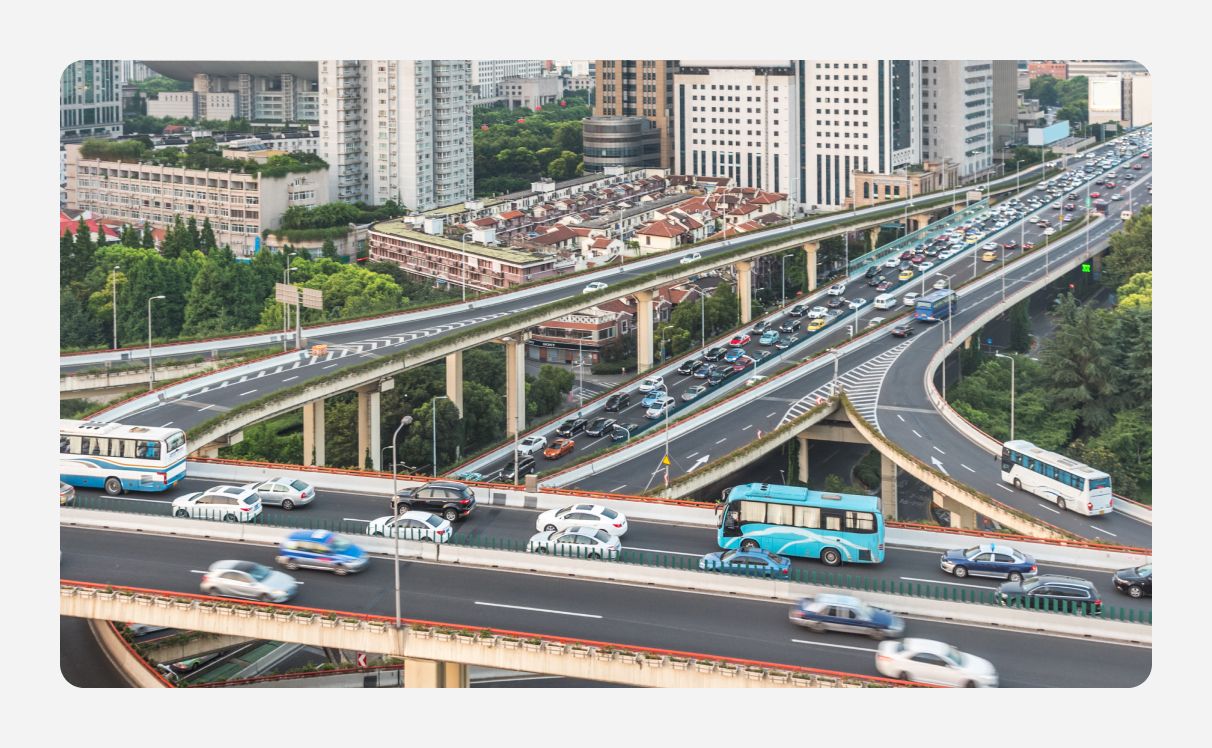
Europe has similarly ambitious targets. The EU’s new Alternative Fuels Infrastructure Regulation (AFIR) mandates that by 2025, fast-charging stations (at least one 150 kW charger) must exist every 60 km (approx. 37 miles) along the Trans-European Transport Network highways. This policy requires a dense blanket of DC fast chargers across all major European corridors to support seamless EV travel. The buildout is well underway; Europe had over 70,000 fast chargers by the end of 2022 (a 55% increase from the year prior), and further funding is being directed to increase coverage and ensure interoperability across EV models.
India’s government has also set guidelines for at least one charging station every 25 km on highways. Its national policy aims to make DC fast charging a “growth linchpin”, increasing the share of fast chargers on city and highway EV charging routes to 35–60% of all chargers by 2030.
Globally, the number of public EV charging stations is climbing steeply. About 330,000 new fast charging points were added in 2022 alone, bringing the total to roughly 860,000 (with China leading in deployment). In the United States, over 6,000 DC fast chargers were installed in 2022, raising the nationwide total to around 28,000 by year’s end. These expansions mean more drivers can undertake long-distance electric travel without undue worry. Fast chargers at highway rest stops typically offer multiple ports and high power levels, minimizing wait times and serving many EVs concurrently. A widely available and reliable network of public EV charging stations is essential to alleviate range anxiety and make long-distance EV travel practical.
DC Fast Chargers in City Centers: Fueling the Urban EV Revolution
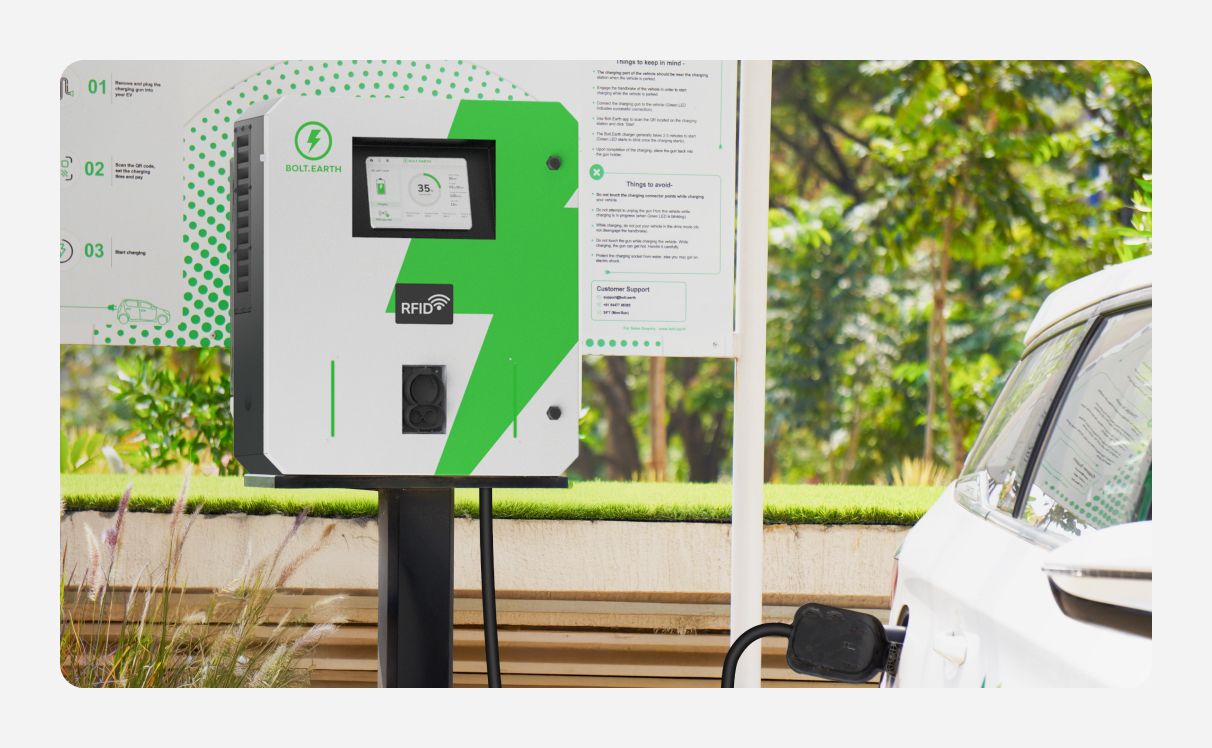
Fast charging isn’t just for highways, it’s increasingly important in cities and urban centers. While many EV owners charge primarily at home or work using slower AC chargers, a significant number don’t have access to private charging. City dwellers in apartments or condos often can’t install a home charger. For these drivers, EV charging infrastructure becomes a lifeline, and DC fast chargers offer the convenience of a quick recharge during a busy day.
Rather than waiting 6–8 hours at a Level 2 station, an urban EV driver can stop at a DC fast charging station and add substantial range in 15–30 minutes, especially useful for those on tight schedules.
City governments and businesses are responding by deploying DC fast chargers at strategic locations. Urban fast-charging hubs are appearing in parking garages, shopping centers, and busy downtown areas, providing high-power charging where people tend to park briefly. Some cities have introduced centrally located “charging plazas” with multiple 60 kW or 150 kW stations, allowing drivers to top up quickly while running errands. These installations are crucial for electric taxi fleets, rideshare drivers, and delivery vehicles operating continuously in city traffic.
Commercial drivers benefit enormously from the ability to gain, say, 100 km of range during a short lunch break. Research shows rideshare EV drivers often use public EV charging stations for brief sessions (often under an hour), suggesting that more DC fast chargers would better serve their needs for quick, partial charges throughout the day.
Expanding access to public EV charging stations in cities can accelerate EV adoption among people who lack home charging, including lower-income households in multifamily housing. Simply put, if apartment dwellers know they can reliably charge their car nearby (even if it costs a bit more per kWh), they’re more likely to consider an EV.
Policymakers are setting ambitious targets to integrate fast charging into the urban landscapes. Delhi aims for a fast charger every 5 km to ensure no neighborhood is left without convenient charging access. Some European cities, as part of broader climate goals, are partnering with private charging providers to build high-speed chargers in public parking lots and curbside locations. Even oil companies and gas stations in metro areas are adding DC fast charging stalls to attract EV-driving customers.
Fast charging in cities complements, rather than replaces, slower “destination” charging. Many urban EV users still charge overnight at home or for longer periods at work or public garages. Fast chargers fill the gap when immediate range is needed or when home charging isn’t available.
However, convenience comes at a price. DC fast charging tends to be significantly more expensive than residential power on a per-kWh basis. Operators must cover high installation and electricity demand costs, so drivers pay a premium for speed. In some regions, a full charge on a public DC station might cost 3–4 times more than charging the same amount at home. As a result, urban fast chargers are often used sparingly or for “top-ups” rather than as a primary energy source. Despite the cost, their availability is crucial for those without other options, and for relieving congestion at slower charging sites.
The growing presence of DC fast chargers in city centers signals that cities are adapting to electric mobility by providing infrastructure akin to fuel stations. In the near future, we can expect even more urban fast-charging hubs, some possibly equipped with amenities like cafes or lounges, to serve the ever-increasing number of EVs on city streets. Urban fast charging supports not only individual drivers but also electrified public transportation and commercial fleets (e.g. electric buses). Combined with home and workplace charging, a robust network of city fast chargers ensures that driving an EV in a dense city is practical and convenient.
Top Safety Features to Look for in a Commercial DC Fast Charger
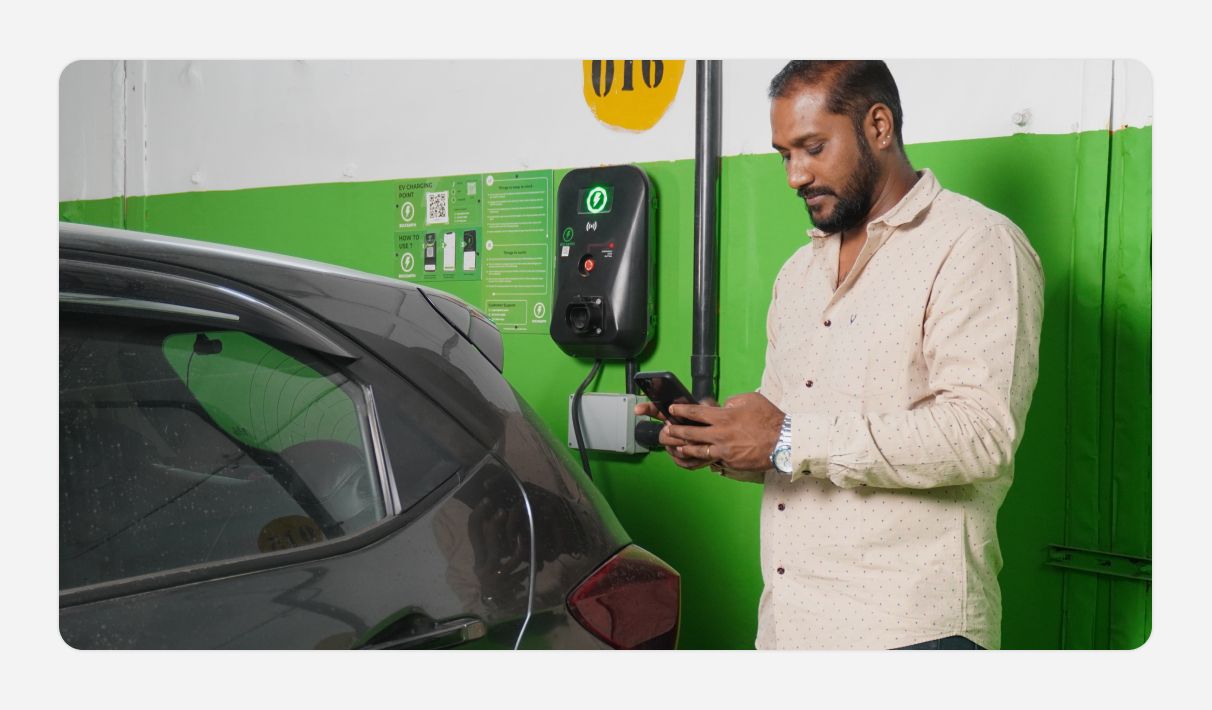
Ground Fault Detection: A quality DC fast charger includes residual current monitoring (GFCI/RCD) to immediately cut power if any current leakage to ground is detected, preventing electric shocks. This is vital for user safety given the high voltages involved.
Overcurrent and Surge Protection: Commercial chargers should have built-in circuit protection (fuses or breakers) to disconnect power in case of an overcurrent (short circuit or overload) or dangerous overvoltage spike from the grid. This helps avoid electrical fires or damage to vehicles when current or voltage exceeds safe limits.
Thermal Management: High-powered charging generates heat, so chargers must include robust temperature monitoring and cooling systems. Sensors should track internal temperatures (cables, connectors, power electronics) and trigger cooling fans or a shutdown if components begin to overheat, thus preventing fire hazards and ensuring safe operation.
Emergency Stop Button: Any public DC fast charger should feature a clearly labeled EMERGENCY STOP switch. In case of malfunction, smoke, or other danger, this allows users or attendants to immediately cut all power output with a single press, providing an instant manual safety override.
Insulation Monitoring: Advanced chargers include insulation monitoring devices that continuously check the isolation between the high-voltage circuits and the chassis/ground. If the insulation degrades or a fault is detected, the system halts charging to protect users from shock and prevent equipment damage.
Standards Compliance: Reputable DC fast chargers carry safety certifications such as ARAI, UL, CE, or IEC 61851 compliance. These indicate the charger has met stringent safety requirements, including ground fault protection, overcurrent protection, and electromagnetic compatibility testing, ensuring essential safety features are built in and verified.
The Growing Impact of DC Fast Charging
From cross-country road trips to daily city commutes, DC fast chargers are increasingly the backbone of public EV charging infrastructure. Their ability to deliver rapid energy refills is unlocking new possibilities for electric mobility. In recent years, the expansion of public fast charging has already contributed greatly to EV adoption and will continue to be pivotal in the coming decade.
Drivers seek out fast charging for the convenience it offers, and studies show many are willing to pay a premium for quicker charge sessions. Businesses and governments have noticed this demand, fueling a virtuous cycle where more fast chargers attract more EV drivers, which in turn encourages further investment in infrastructure.
Looking ahead, DC fast chargers are poised to play an even bigger role across highways and city centers worldwide. Governments are backing ambitious plans to blanket highways with ultra-fast stations; for instance, the EU’s goal of 1 million public chargers by 2025 and fast hubs every 60 km on main roads. In cities, continued buildout of convenient fast-charge locations will support drivers who cannot charge at home, ensuring EV ownership is feasible for a broad population.
Technological advancements are making next-generation fast chargers more powerful and more grid-friendly. Some stations now even exceed 350 kW, and future models may push charging times closer to the single-digit minutes.
In summary, DC fast chargers have evolved from a niche convenience to a cornerstone of the EV charging ecosystem. By drastically cutting charging time, they reduce range anxiety and make electric cars a practical option for long-distance travelers, commercial fleets, and urban residents alike. The growing network of DC fast chargers on highway corridors connects cities and countries for electric travel, while those within city centers integrate EVs seamlessly into daily life.
Together, these developments are accelerating the transition to electric mobility. With robust safety features and supportive policies in place, DC fast chargers are set to empower the next wave of EV growth, bringing us ever closer to a future where charging an electric vehicle is as quick and ubiquitous as filling a gas tank, if not more so.

![Top EV Launches in India 2025: Cars, Scooters and 3-Wheelers [+Bolt.Earth Charger Compatibility]](https://bolt-wordpress.bolt.earth/wp-content/uploads/Top-EV-Launches-in-India-2025_-Cars-Scooters
-3-Wheelers-Bolt.Earth-Charger-Compatible.jpg)


